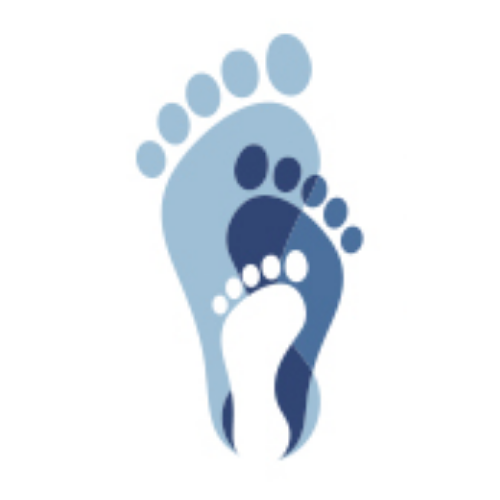What to look for when buying children’s shoes..Ocean Grove Podiatrist, Amy Hawker discusses…
Is there anything cuter than tiny shoes? Maybe your little one is ready to strut in adorable little Vans or your little one is asking her their own pair of Ugg Boots. But, there are some things we need to consider to ensure that children’s shoes do not impede normal foot function or motor development, no matter how adorable the shoes look.
There is an existing body of evidence on the biomechanical effects of shoes on the gait or walking pattern of children (Kirtley. C, 2016). With shoes, children walk faster by taking longer steps with greater ankle and knee motion and increase front leg muscle activity (tibialis anterior muscle). Shoes reduce foot motion and increase the support phases of the gait cycle. According to Lieberman and colleagues (2010) during running, shoes reduce swing phase leg speed, reduce shock and encourage heel contact.
This effect is important as children’s anatomy and development determine when they should begin wearing shoes (Wegener et al., 2011). With Children, their bones are fused or fully formed in the early stages of development and they fully develop as a child starts to grow. Before they’re walking, you can do something soft, and once they start ambulating, it would be ideal to have a firming sole to support their feet and help avoid them injuring their feet. When toddlers are ready to start wearing shoes, it is vital to put function before fashion. Also, there may be some situations when they may not even need shoes and barefoot time can be enjoyed. There are many advantages to walking barefoot on soft surfaces such as carpet, grass, and sand, as it can help strengthen the small muscles in both feet and encourage the feet to grow in a healthy position.
Hard-soled shoes with rubber or leather soles not only provide support but can help avoid slips and tumbles thanks to their grip. The best type of shoe is going to be a sneaker because it’s designed to have supported high up in the foot, and it has a rubber sole with traction to avoid injuries. If you were to compare thongs, if it’s summer and the child is doing summer activities, I would recommend more of a sporty sandal. They’re a better alternative summer shoe to provide the same protection, but with ventilation, and usually, they have an antibacterial footbed to avoid odor and keep the foot comfortable and dry.
Overall, children’s shoes should have the following features: laces, buckles or strap to hold their shoe onto the foot and the shoes need to be the correct length and width.
In terms of specific brands, ASIC, Clark’s, Bobux, SureFit, New Balance, Ascent, Grosby all have shoes within their range for older toddlers and kids. Bobux, Skenie, and Attipas have great soft-soled shoes for new and early walkers.
Some shoe stores such as Sox have a big range of footwear but it is best to see them with a list of requirements for the shoes from a podiatrist.
Children’s shoes are an investment so hopefully, these tips help you select the right shoe but if you have any footwear-related questions- please ask as we’re always here to help within our podiatry clinic in Ocean Grove, Geelong, and Torquay!
Amy Hawker
Podiatrist Ocean Grove, Torquay and Geelong
0409092298
hello@stancepodiatry.com.au
References:
Wegener, C., Hunt, A.E., Vanwanseele, B. et al. Effect of children's shoes on gait: a systematic review and meta-analysis. J Foot Ankle Res 4, 3 (2011). https://doi.org/10.1186/1757-1146-4-3
Lieberman DE, Venkadesan M, Werbel WA, Daoud AI, D'Andrea S, Davis IS, Mang 'Eni RO, Pitsiladis Y: Foot strike patterns and collision forces in habitually barefoot versus shod runners. Nature. 2010, 463: 531-535. 10.1038/nature08723.
Kirtley C: Clinical Gait Analysis Theory and Practice. 2006, Sydney: Elsevier Churchill Livingstone

